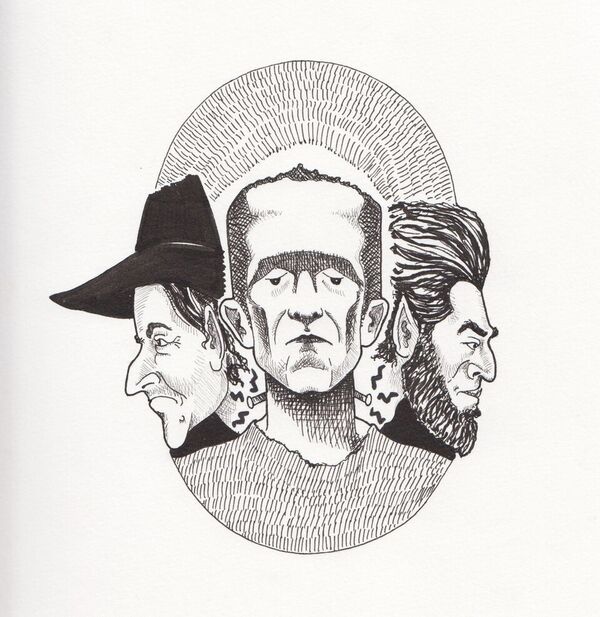Illustration by Cole Eisenhour
Halloween is here again, and with it comes costumes, parties, and hordes of children wandering the streets asking strangers for candy. This is regarded as one of the most popular holidays, but where do these traditions come from and why do we celebrate them?
The origins of Halloween are believed to have originated with the Celtic people of Ireland, Scotland, and the Isle of Man before the christening of the area. Their pagan religion placed a lot of emphasis on astronomical events, such as an equinox or solstice, as well as the changing of the seasons.
The Celts celebrated the end of the harvest season and the beginning of winter with the festival of Saimhan, pronounced sah-win. This festival had many similarities to the spring festival Beltane, today celebrated as Mayday. Special bonfires were lit as a means of cleansing the people and the land. Feasts were prepared, and divination games were played to see the future. Saimhan would start at sundown Oct. 31 and ended with sunrise Nov. 1.
People believed that during this time, the boundaries between the world of the living and the world of the dead were thin, as spirits could freely move between the two.
Because of this increase in spirit traffic, offerings would be left outside the homes to appease the spirits. They also believed that the offerings helped gain their blessings so that the people and livestock would survive during the winter months.
People thought that spirits were vengeful, and would seek out those who had wronged them in life. They would light candles in each room in their house to ward off unfriendly spirits and welcome home deceased loves ones. They wore masks and disguises to hide from these vengeful spirits.
Because of the anonymity this provided, some people would wander from house to house, threatening people with mischief if they weren’t given treats. They would often hollow out turnips and carve grotesque faces into them, not only to light their way in the night but to ward of the spirits that they were imitating.
After the christening of the area, many aspects of these pagan holidays were incorporated into new holidays in an attempt to make the assimilation of the locals easier. In 835 A.D., Pope Gregory IV changed the holy day of All Hallows’ Day, or All Saints Day, to Nov. 1 so that it would coincide with Saimhan. This caused Oct. 31 to be known as All Hallows’Eve.
Christians also believed that the souls of the dead would wander the earth until All Hallows’Day, and carried on many of the traditions of the pagan holiday. These traditions includedwearing disguises, as well as lighting candles and fires to ward off spirits.
When the Puritans settled in New England, they banned many pagan holidays, as they viewed them as a form of devil worship. Because of this, many of the Celtic traditions, including Halloween and Christmas, weren’t celebrated in North America until the influx of Irish and Scottish immigrants in the early 1900s.









